This website uses cookies so that we can provide you with the best user experience possible. Cookie information is stored in your browser and performs functions such as recognising you when you return to our website and helping our team to understand which sections of the website you find most interesting and useful.
A Japan for all seasons
By Gabriel Power | 28 August 2021 | Travel
If the Tokyo Games had you ready to race to Japan, don’t take off your running shoes. We go beyond the capital to discover the best of this amazing country
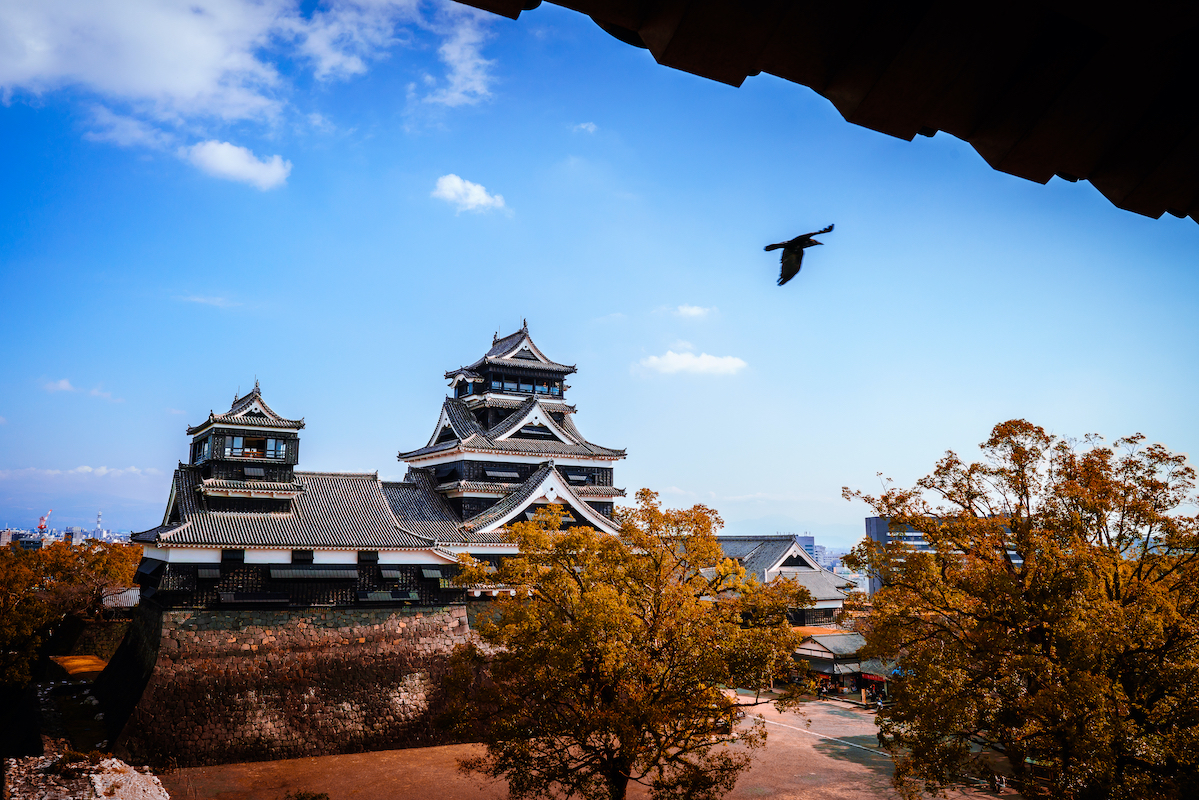
With the eyes of the world on the Olympics and Paralympics (which begin on 24 August), one could be forgiven for believing that the cultural draw of Japan revolves solely around Tokyo. The towering neon billboards of Akihabara and the winding alleyways of Shinjuku act as a microcosm for the lay Westerner’s idea of what the country represents, or what it can offer to the intrepid travellers who span the globe to visit.
And while the electric atmosphere of the capital is undeniably enticing, those more privy to the further-flung wonders of the country know that to visit Japan yet forgo the vast majority of its extraordinary tourist attractions is to barely visit at all.
Be it spring, summer, winter or autumn, the archipelago can accommodate everyone, from snow-bound powder hounds to scuba divers seeking out coral reefs in the tropics. So, after touching down in Tokyo, pack your bags and hop on the nearest Shinkansen to explore some of the phenomena awaiting you further afield. Here is Tempus’ season-by-season guide to Japan.
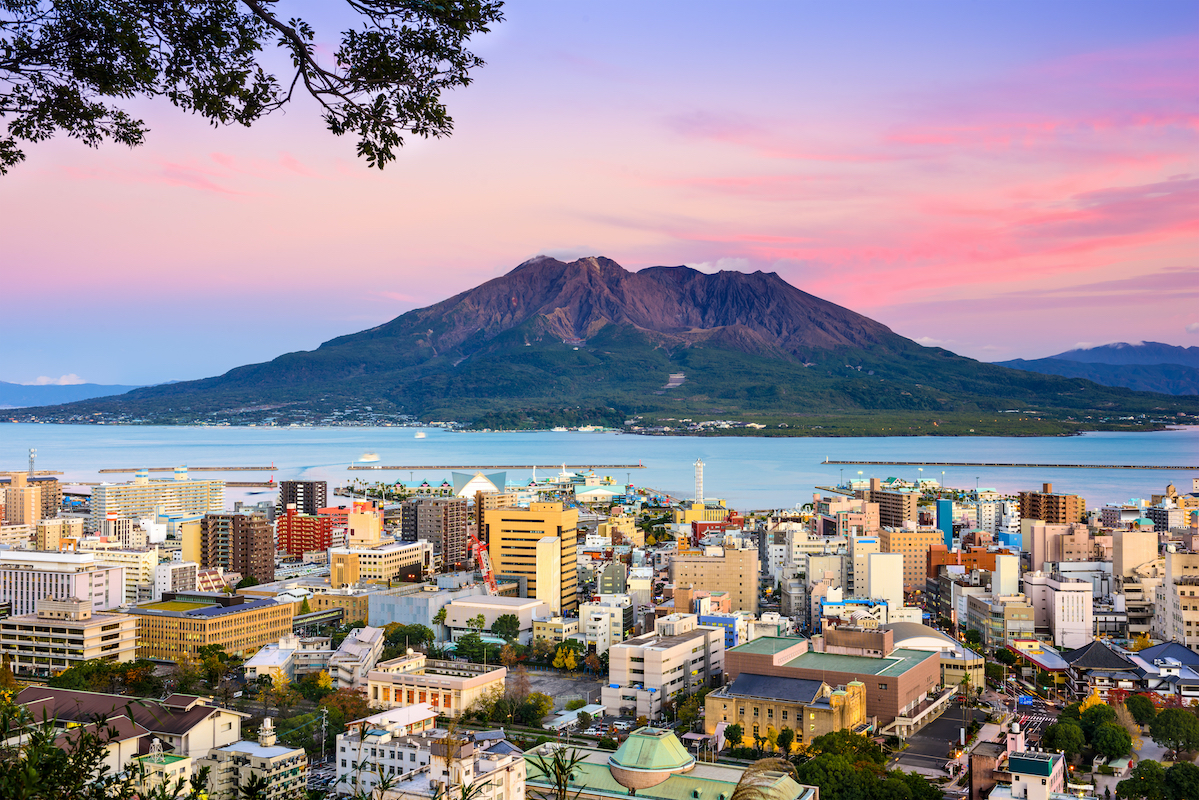
AUTUMN: KYUSHU
Brutally hot in summer and frigid in winter, the westernmost of Japan’s ‘main islands’ is the perfect fall retreat, replete with gorgeous snaking coastlines and endless expanses of dense forest. The region, while home to the bustling cities of Fukuoka and Nagasaki, is still a rugged, wild corner of the country, populated by black bears that roam the mountains, and dotted with secluded onsen (hot springs) hidden among the trees and nearby Kumamoto Castle.
Although the region is ideal for the more adventurous tourists who come to hike, surf and sail, Kyushu has also become a surprising hub for luxury train travel in recent years, with the Kyushu Railway Company carving out a world-renowned niche in the field.
The firm, known for its opulent Seven Stars sleeper train service, has recently launched its newest addition to its luxury fleet, the peculiarly named 36+3 (pronounced “sanjyu-roku plus san”) which offers five-day loops around the island of Kyushu – the 36th-largest island in the world – in comfort-focused carriages complete with tatami mat floors and shoji sliding windows.
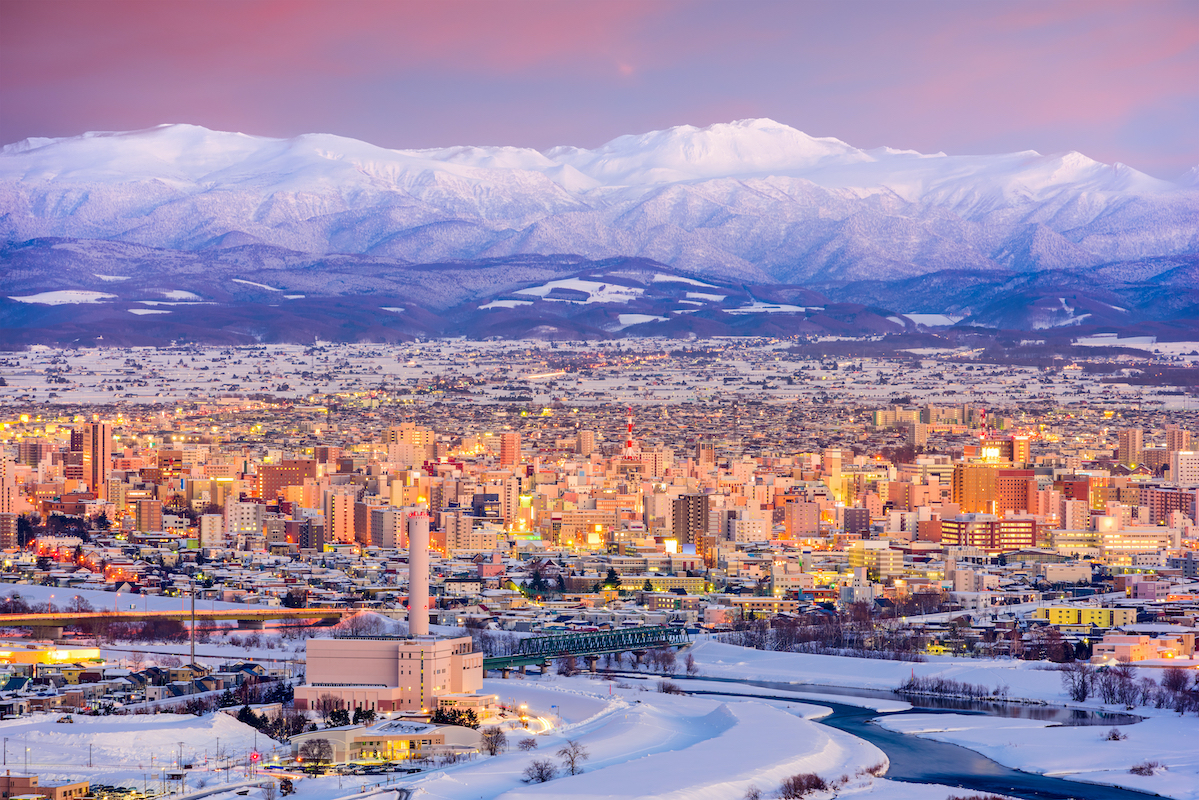
WINTER: HOKKAIDO
If winter is the question, there’s only one answer: Hokkaido. The country’s northernmost prefecture encompassing the entire island of the same name, this sparsely populated frozen wonderland is effectively the Siberia of Japan, with biting winds, metre-tall snowdrifts and winter temperatures well below -10° Celsius.
But despite appearing rather inhospitable to outsiders, the region is packed with hidden gems to explore during the colder months, such as the capital and largest city Sapporo and its Snow Festival; Japan’s northernmost town Wakkanai and its extensive history as a hub for the Ainu indigenous people; and myriad world-class ski resorts including Furano, Tomamu and Niseko.
The latter of these three, while offering 2,191 acres of skiable terrain and over 47km of groomed slopes that cater for all levels, is also home to Higashiyama Niseko Village, A Ritz- Carlton Reserve, an indulgent, ultra-modern five-star resort nestled in the shadows of the iconic Mount Yōtei. Operated by Marriott and owned by YTL Hotels, the hotel features 50 high-end rooms and suites and prides itself on adhering to the traditional Japanese philosophy of Kachou Fuugetsu, centred on the idea of discovering oneself through nature. Furthermore, the hotel sits just 39 miles from the nearest airport at Okadama, negating the need for arduously lengthy transfers one might experience when visiting Hokkaido ski resorts.
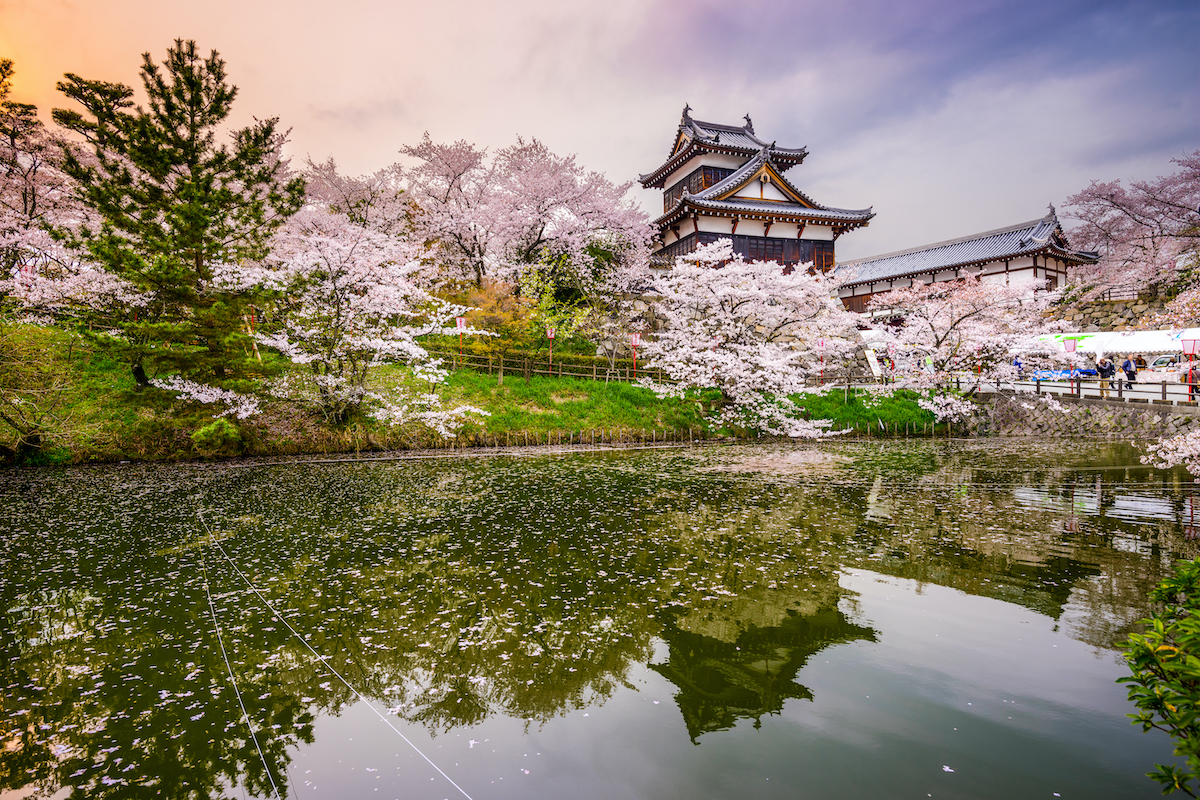
SPRING: KYOTO PREFECTURE
It may seem like a bold claim, but those who have visited will know, the ancient capital of Kyoto is undeniably the most beautiful city in Japan. This is a city where centuries-old wooden temples rub up against cutting-edge contemporary architecture, with winding streets thronging with youthful localswhoexudeanaltogethermorerelaxedvibe than their frantic Tokyo counterparts.
In spring, the city bursts to life with the advent of the cherry blossom season – the sight of floating sakura petals saturating the air in the parks around town entices tens of thousands of Japanese residents from elsewhere in the country to visit for a look each year.
Be sure to stop by the Fushimi-ku district of the city for a glimpse at some of Japan’s most spectacular temples, including Daigo-Ji and Fushimi Inari-taisha, both of which have featured on countless postcards throughout the years.
But the often-overlooked wider Kyoto Prefecture is also a must-see. At almost 2,000 square miles in area, the region has a remarkable variety of landscapes, from pristine yellow beaches on the northern tip, to lush, forested mountains in the east and south.
The jewel in the crown is Amanohashidate, an expansive pine-covered sandbar stretching the width of Miyazu Bay, and one of the iconic “Three Views of Japan”, as designated by scholar and writer Hayashi Gahō nearly 400 years ago.
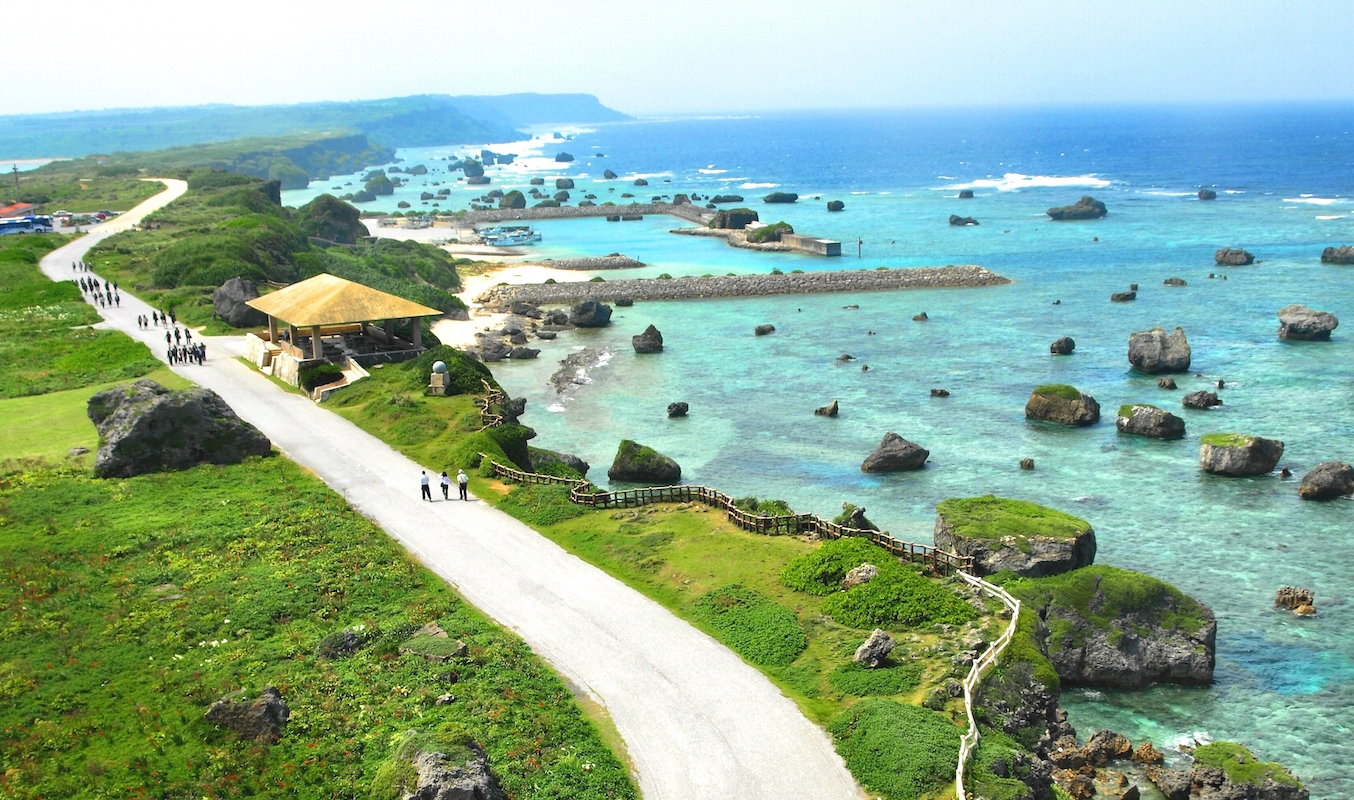
SUMMER: OKINAWA
Way off the beaten track, some 400 miles from mainland Japan, lies Okinawa, the country’s sole outpost in the tropics.
Delightfully warm year-round, and with countless picture-perfect beaches, Okinawa is the ultimate summer getaway destination for many Japanese holidaymakers. Despite its remote location – it is technically closer to Taiwan than the mainland – this is no quaint backwater, but a thriving, buzzing island with over one million inhabitants and multiple urban centres.
The most well-known of these is Naha, the capital of Okinawa Prefecture. A pleasant, green city teeming with parks and gardens, tourists can head to one of a multitude of museums documenting the island’s fascinating history, from its role as part of the Ryukyu Kingdom to the controversial presence of US military that has persisted since the end of the Second World War.
Furthermore, few destinations in the Western Pacific Ocean offer more rewarding snorkelling and scuba diving opportunities than Okinawa, after which you can sit back and watch the sunset over the water with a chilled awamori, the local spirit.







